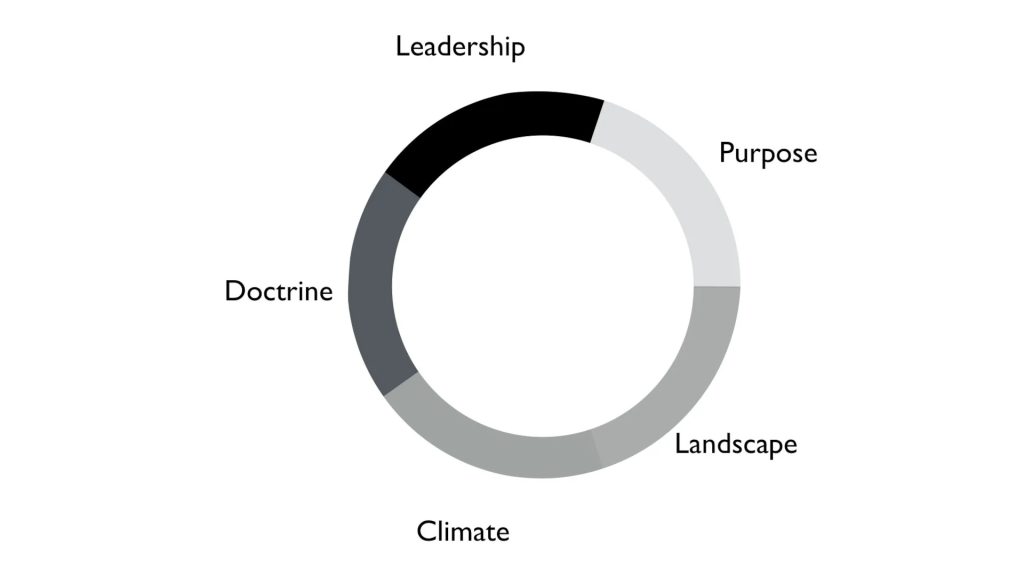Payment Service Directive (PSD) was introduced in 2007. and it provides basis for a single EU payment market, in order to establish safer and more innovative payment services across the EU. The goal is to make the international payments as simple, effective and safe as national payments within member states.
Since its introduction, PSD brought significant benefits to the European economy, easing access for new market entrants and payment institutions, and in that way providing higher competitiveness and more choices to costumers. It provided support for SEPA (Single Euro Payment Area), secured more transparency and information for customers, reduced execution time, strengthened refund rights and clarified liability of customers and payment institutions.
PSD2 updates and complements PSD, and the main objectives are:
- Introduce and regulate third party service providers that provide:
- Payment Initiation Services (PIS)
- Account Information Services (AIS)
- Contribute to more integrated and efficient European payments market
- Introduce Strong customer authentication and secure communication
- Make payments safer
- Protect customers
- Encourage lower prices for payments
In order to make electronic payments safer and more secure, PSD2 introduces enhanced security measures that have to be implemented by all payment service providers, including banks. EBA (European Banking Authority) will in that regard develop comprehensive security standards.
What’s the idea?
The idea is that banks provide their own APIs to third party providers, and thus create new market segment of entirely new services, as well as providers of the same. Most prominent and notable innovations are related to changes in account information services and online purchases.
In the current online purchase method there are several intermediaries. For example, at the highest level customer has a direct communication with Internet shop in which he selects various items. Upon completion of the purchase, the payment method is selected (merchant acquirer, e.g. PayPal), which is associated with customer’s credit card (card scheme, e.g. American Express).
With PSD2 introduced, merchants will achieve direct communication with banks using their APIs, and thus remove intermediaries from the checkout process (merchant acquirer, card scheme).

As for the customers that will use services of several banks, they will no longer have to use separate applications of each bank. Instead they will be able to use application from a third party provider, which will again be using banks’ APIs to provide access to the accounts of all banks.

As for other services, only time will tell how the innovative new service providers will take advantage of changes and novelties introduced by PSD2. It will probably be possible to introduce new simpler and cheaper payments methods such as the way we now pay parking tickets.
When can we expect these novelties?
The very process of introducing PSD2 already started, while the expected deadline of the full introduction is in late 2018. or early 2019. Due to the large focus on safety and security in PSD2 large segment of time is given to the development of standards for strong customer authentication and secure communication. You can see how the process of PSD2 introduction is planned in EBA’s diagram.

Source: https://www.eba.europa.eu/
Falls Sie Fragen haben, sind wir nur einen Klick entfernt.



